These are all questions that came up for dancers Symone Sanz, Cipher Goings, and myself when asked to present work at On The Boards, for a show entitled To Gather. Under the umbrella of a collective called Black Collectivity, guest curators Nia-Amina Minor and David Rue invited a range of West Coast-based Black artists to create, share, and witness each other over the course of two weekends.
On the first weekend, we Seattle-based artists were joined by Maurya Kerr and her dance company tinypistol, which uses a range of disciplines to amplify and reclaim Black and Brown voices. Although tinypistol is based in the California Bay Area, Kerr has strong ties to Seattle as she grew up training at Pacific Northwest Ballet.
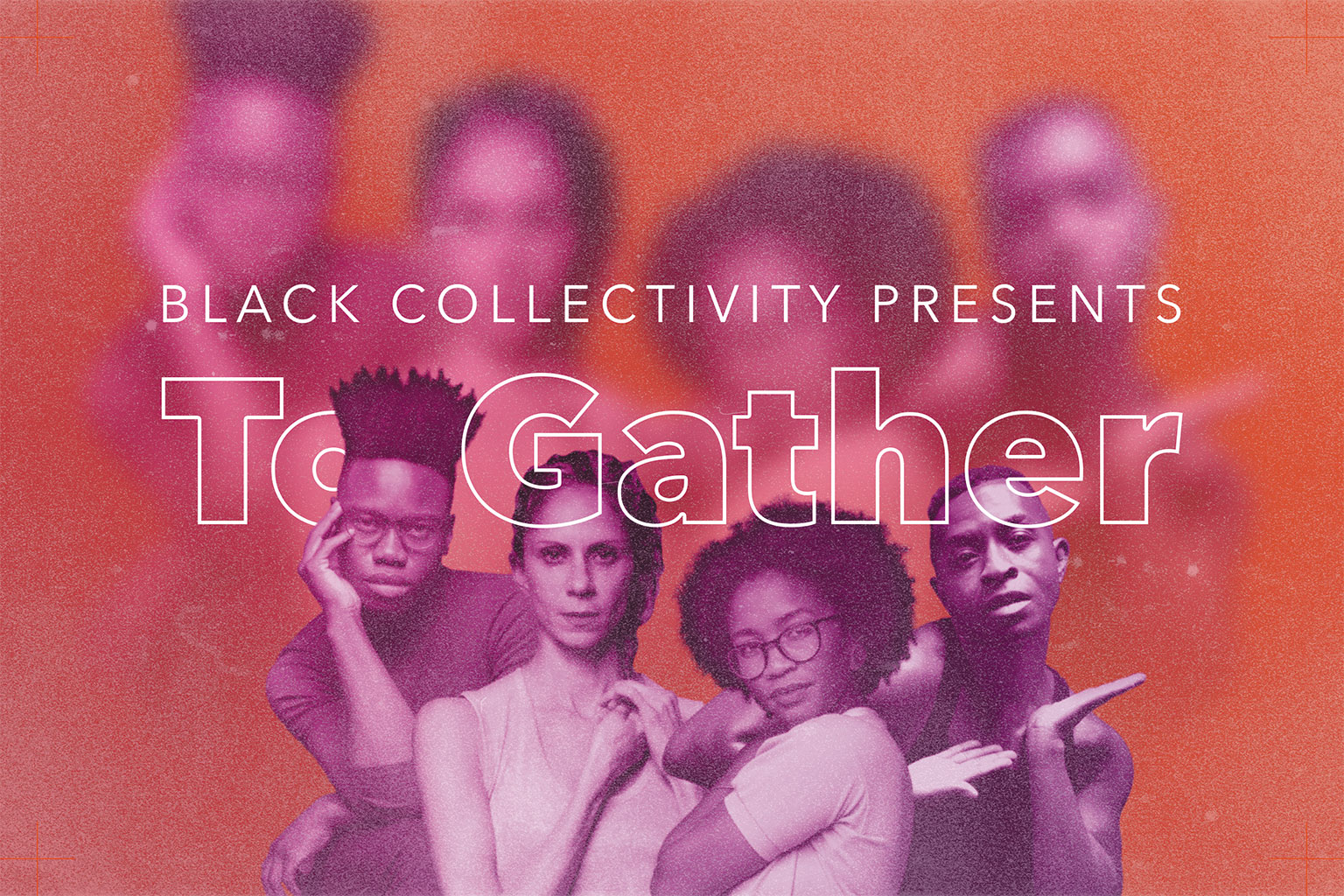
Akoiya Harris, David Rue, and Nia-Amina Minor headshot by Victoria Kovios; Maurya Kerr headshot by Alan Kimara Dixon; Cipher Goings headshot and images by Pao Sanchez; Symone Sanz headshot by lane dyer; Benjamin Hunter headshot credit by Naomi Ishisaka
Witnessing
When I think of gathering, it is not just with the people who are in the literal room or even in this realm. Gathering is calling in the energies of all those who made an impact on our lives, whether directly or not. As dancers, we come from a lineage of artists before us. I can call in dance ancestors who I never met as well as the teachers and choreographers who I have met. Gathering gives me space to ask audiences to acknowledge the existence of those dancers. Their presence can be brought into the room simply by naming them.
But Rue and Minor are not just asking us to gather; they are also asking us to witness each other. The practice of witnessing exists not just in the moment the show happens, but in the spaces before and after as well. While watching a show, the audience is witnessing the labor that went into the creation process before it got to the stage. They are witnessing fragments of other shows that informed the one they are seeing.
The piece I am presenting, “Our Constellations,” does just that. Seeds that were previously planted in Black Collectivity’s Spring 2023 performance offering, “A Practice of Return” were further explored. That show looked at the ongoing legacy of Black dancers in Seattle, starting with the dancer Syvilla Fort; oral histories were collected for that show with the support of the local Black arts organization, Wa Na Wari; they will be used in this time around to illuminate the presence of Black dancers in this city, as I gather these histories and share them with the audience.
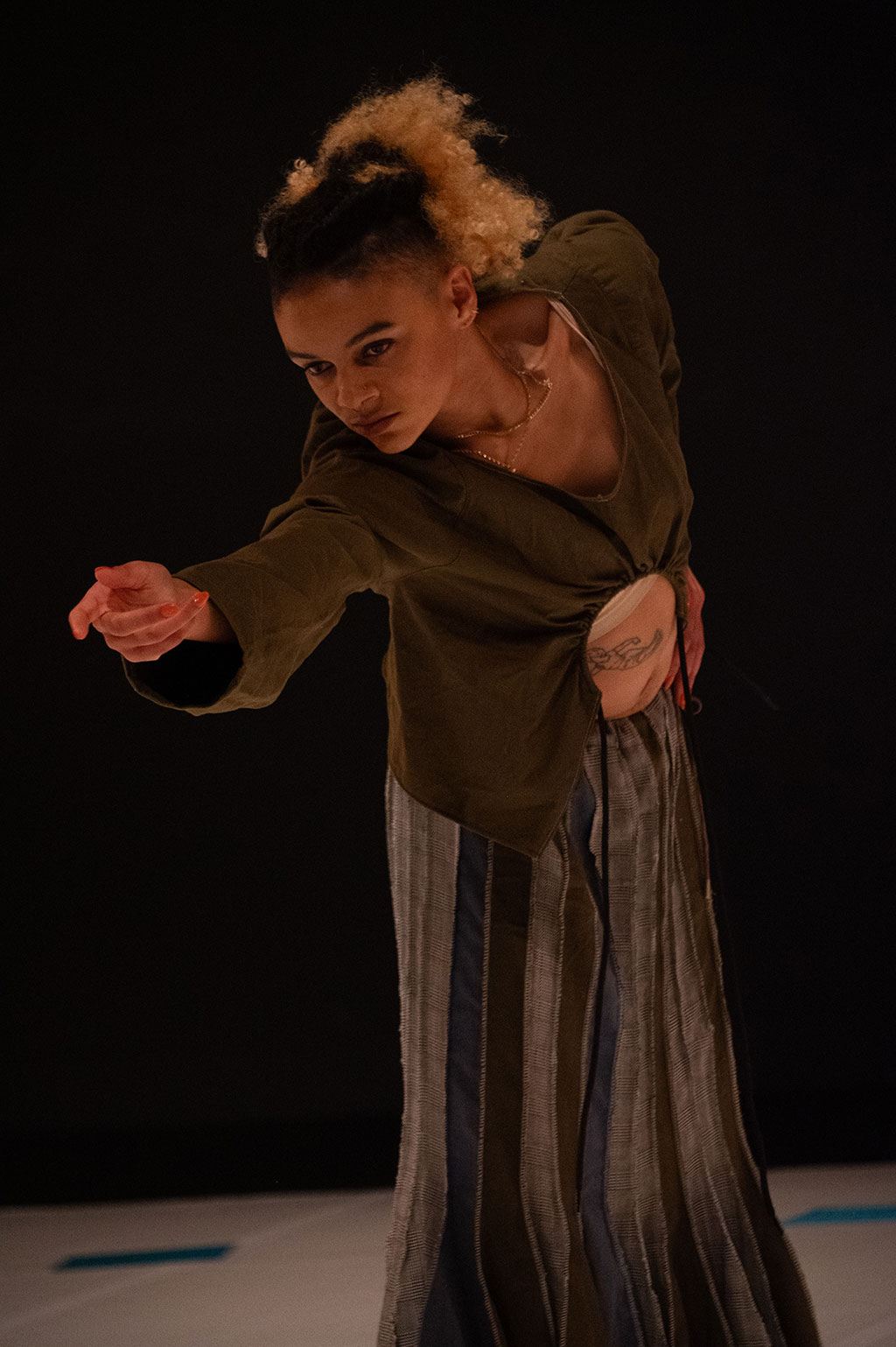
Movement photography by Bruce Tom
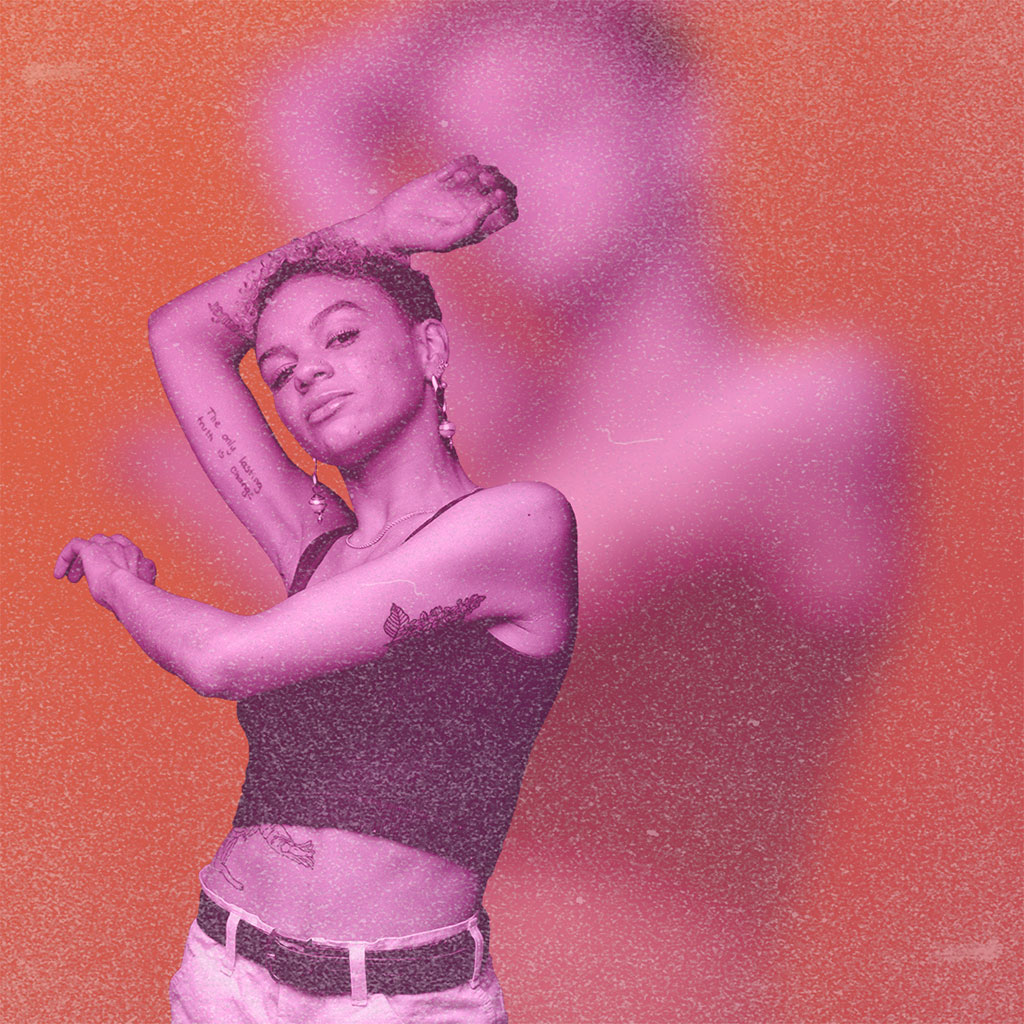
Gathering
Cipher Goings and myself both grew up in Seattle at two different Black-led dance studios. For the majority of our childhoods, Blackness and dance were inextricably linked. It wasn’t until we got older and had to grow beyond the safety of our communities that we realized in this city, Black dancing bodies were a minority.
“I feel really grateful for that experience. But I am aware that that is not a normal experience here in Seattle,” says Goings.
To us, it is not uncommon to be in Seattle dancing on an all-Black bill. To Gather is exciting, because it gives the rest of Seattle a peek into the Black brilliance we already knew to be here. We’ve been here and will continue to be here.
“Gather is the word that I’ve been looking for this whole time,” says Goings, who, prior to starting this project, was already familiar with the many ways “gathering” shows up in life. Gathering can be broad and external — including family, friends, chosen family, and church — or it can be nuanced and intimate, with conflict, rage, joy, and love. To Gather gave Goings the language to dive deeper into the intentions behind experiences he was already having.
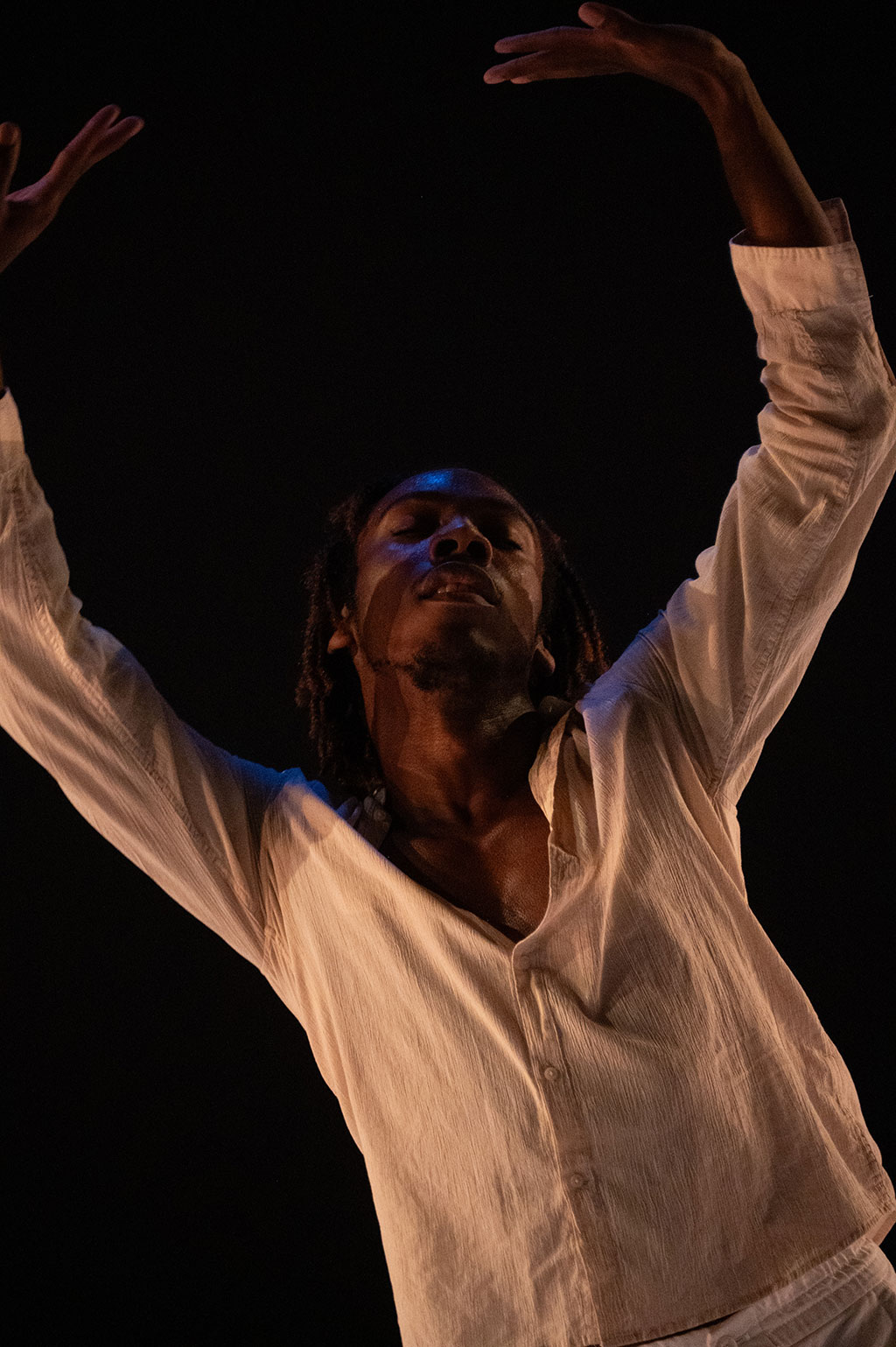
Movement photography by Bruce Tom
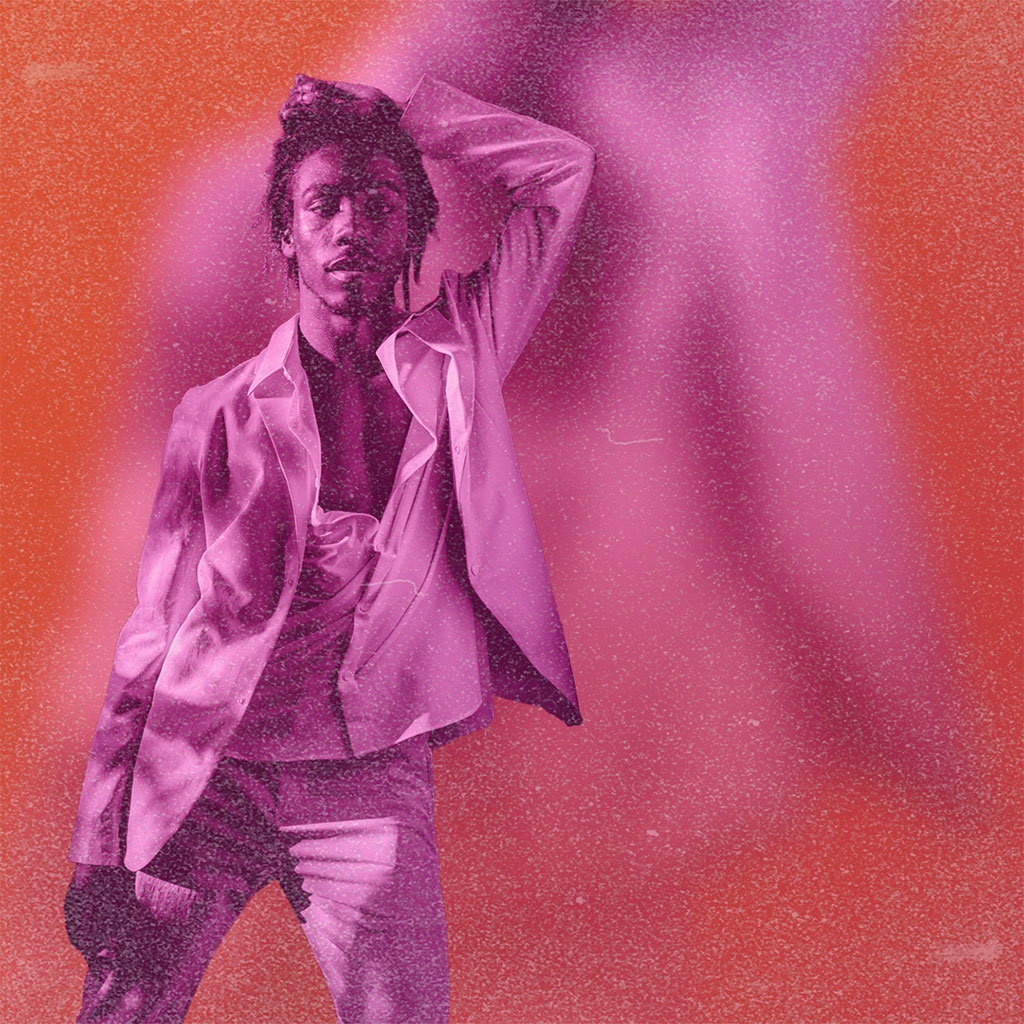
Connection
The call of gathering also lets us know that the response will not be one-sided from the artist on stage alone. Witnessing requires an exchange of energy between the performer and audience. Goings, along with musical collaborator Benjamin Hunter, are intentional about how they craft that relationship.
“We want the audience to feel compelled to join if they decide to,” reflects Goings, when thinking of their offering, “All My Love.” “The overall idea of our piece is a cipher.”
A cipher is when a circle of watchers form around an artist offering their craft, whether it be dance, rap, poetry, instrumentation, or other artistic forms. They are a way to witness which protects the energy artists share the inside. Ciphers show up throughout the African Diaspora whether it be through ancestral ring shouts or street dance showcases. Bringing this tradition into the theater space helps to break the fourth wall and drive audiences to share energy with the performers. Cultivating an active audience can create a more welcoming space for artists to bring in the vulnerability of their work.
“The theater is just simply the space,” says Goings. “What makes my art special for me is the connection that I feel like I can create with people that are in the space with me. I feed off of that.”
This performance is not the first time Hunter and Goings have worked together. They performed in both iterations of dancer and choreographer Dani Tirrell’s 2018 and 2020 performance piece, Black Bois, and have been talking about collaborating again ever since. With To Gather, they have the opportunity to build on their conversations and their understanding of one another over the years. They get to explore how their different manifestations of rhythm, tap and instrumentation, can create an exchange that breaks the fourth wall for the audience.
“I think [our bond is] just going to transcend whoever enters the space,” says Goings.
Emotions
Artmaking is communal and does not happen in a vacuum. As Symone Sanz explains, “This work is heavily influenced by other people’s performances I’ve seen in the past year or two. I’m excited to enter a conversation that’s already been happening, and to have Seattle see me experience my perspective of that conversation from a Black body.”
Through her performance, “WRETCH,” Sanz lets us witness the beauty in her jagged edges. Oftentimes Black femmes are asked to be polished, eluding a sense of perfection that is not realistic or sustainable. To make sense of these feelings, Sanz has found that she has to push herself to a new level of physical intensity. It is when she hits this point of exhaustion that she feels catharsis.
“You’re gonna see me process a whole bunch of emotions that I haven’t ever processed publicly, and that I rarely even process privately,” says Sanz. “I would say that those emotions are rage and loss and disappointment and euphoria and joy and just extreme intensity, and grief.”
“I’m thinking about the work my piece is doing relative to my lineage,” Sanz continues. “I hope that it’s somehow healing some generational trauma that I’m sure I’ve experienced.”
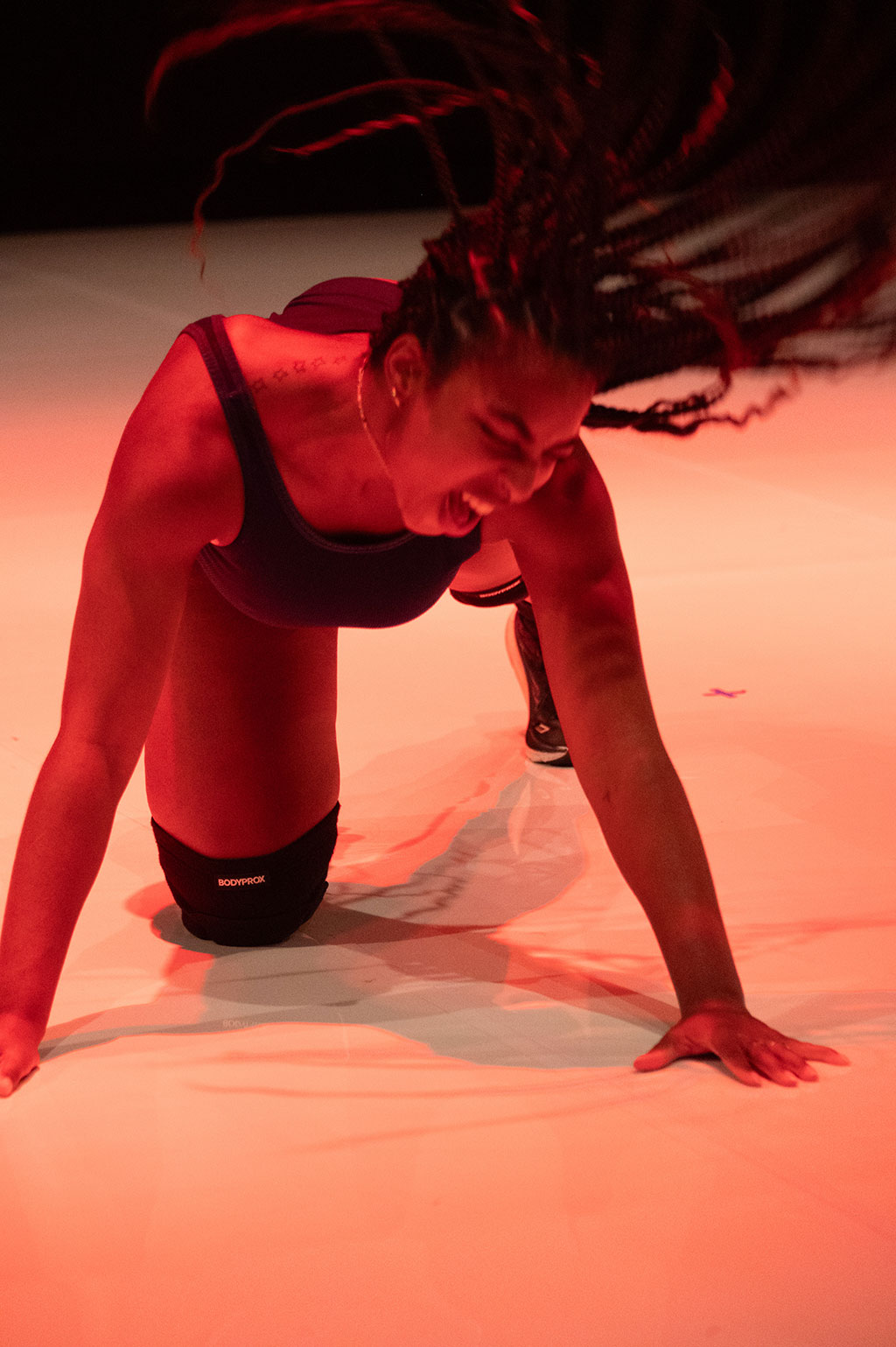
Movement photography by Bruce Tom
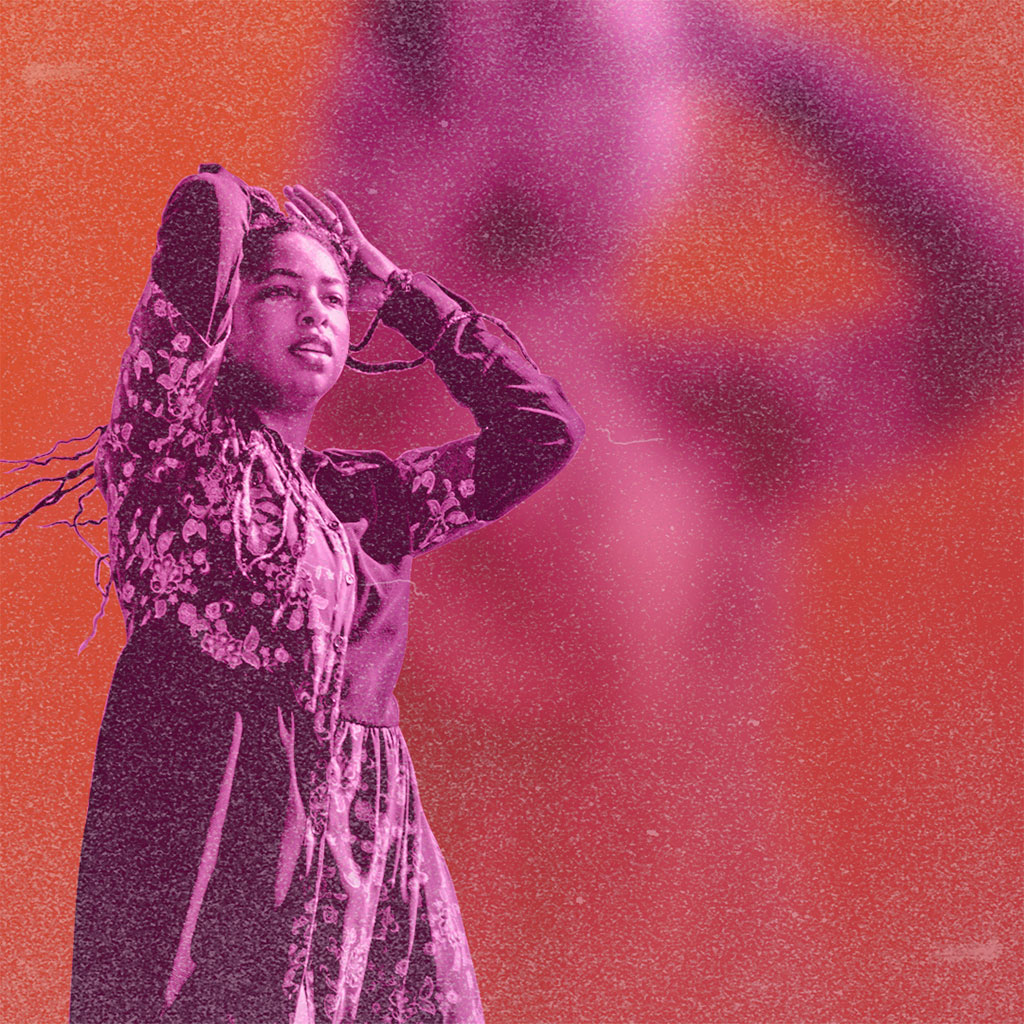
Intimacy
Creating from a place of deeply personal intimacy is able to happen due to the space that Rue and Minor have curated. In all of the work they do — whether as individuals or as Black Collectivity — they lead with care. While one of the goals of the curation was to showcase Black artists, it was also to support and connect us. Rue and Minor encouraged us to explore in a way that would feel fruitful to our artistic practice. Sanz is leaning into building her performance art practice. I am finding ways to blend archival work I do with dance.
Goings is exploring how all the various dance styles he does, contemporary, modern, house, can inform his main style: tap. “Tap has always that perfect blend of music and dance for me, but being able to incorporate my other disciplines into it is just further affirming of what my wildest dreams are,” he explains.
It is absolutely necessary for artists at all stages of their careers to have a network of other artists to lean on. We yearn to be connected, we want communities to intersect; we want to learn from and work with each other. With To Gather, Rue and Minor have put in the efforts to make that happen.
Week 1 features the work of guest choreographer Maurya Kerr (tinypistol) & local Seattle artists, including Akoiya Harris, Symone Sanz, and Cipher Goings + Benjamin Hunter.
Week 2 features the work of guest choreographer Bernard Brown (bbmoves) & local Seattle artists, including Jade Solomon Curtis, Emma Wambui, and Umalalengua Okan + Milvia Berenice Pacheco Salvatierra in collaboration with Naomi Macalalad Bragin.
Additional free movement classes for the community are hosted by Velocity Dance Center and Central District Forum for Arts and Ideas, featuring an exchange between To Gather artists Maurya Kerr and Bernard Brown! Open to those over ages 16, though participants of all levels are welcome. Workshops will take place at 12th. Ave Arts and Langston Hughes.
– Saturday, October 7 at 12pm: diving into being with Maurya Kerr (tinypistol)
– Saturday, October 21 at 12pm: Afro Contemporary with Bernard Brown (bbmoves)






